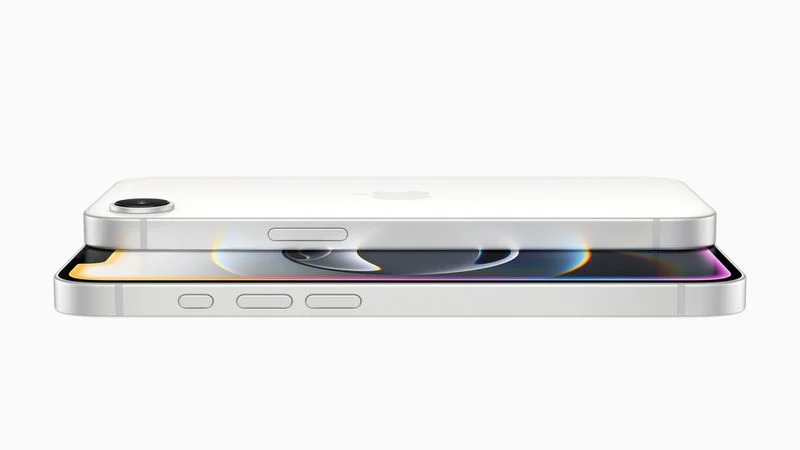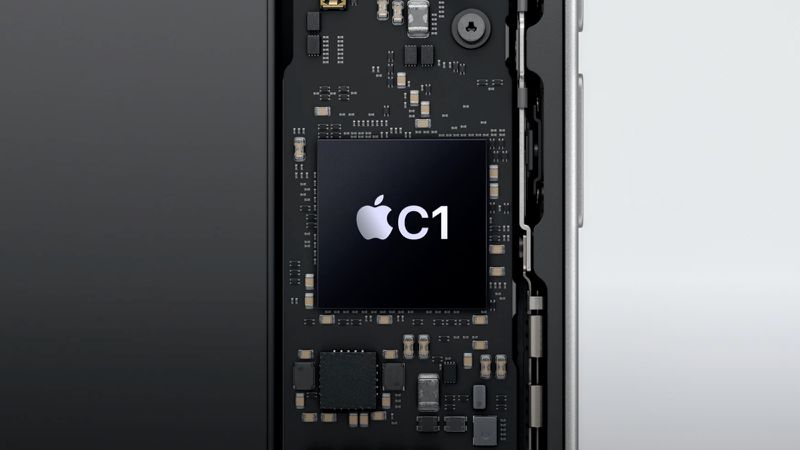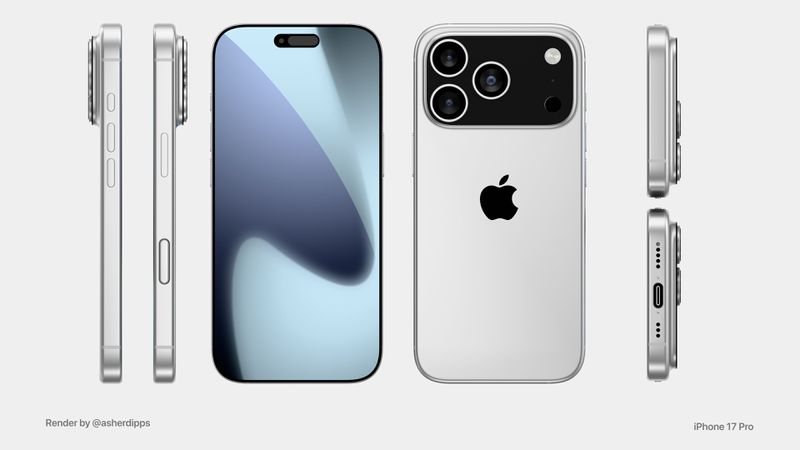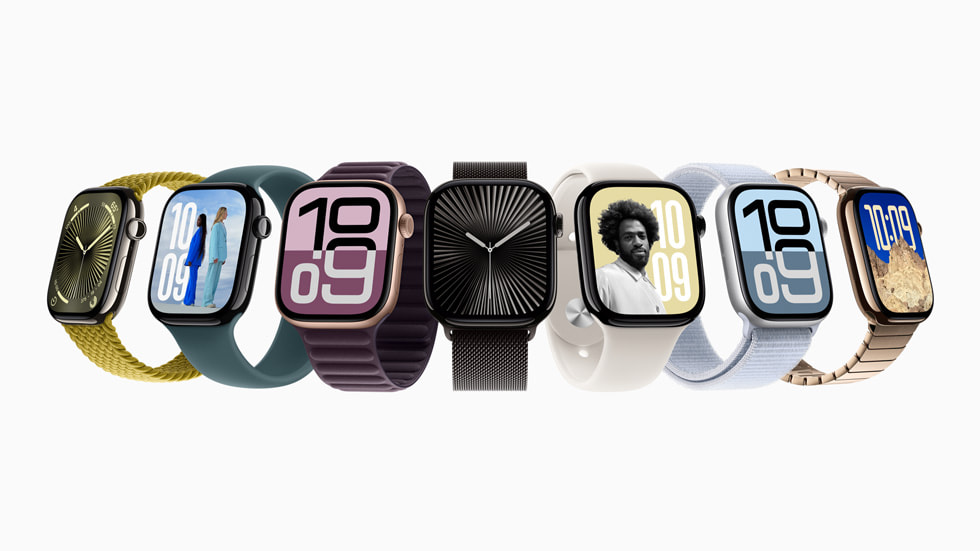When 5G arrived with the iPhone 12, Apple started a tricky pricing game. They’d advertise iPhones as “starting at $799,” but that deal only worked if you signed up with a big US carrier right away. Want one without a carrier lock? The real price jumped to $829. The iPhone 16e finally puts an end to this extra fee hassle.
No More Activation Tricks
Since the iPhone 12, every basic iPhone model has followed this pricing twist—yes, even the iPhone 16. The good news? The fancier Pro models never had this issue.
It’s always bugged me when people call the iPhone 16 a “$799 phone.” That’s not the full story. If you activate it with a major carrier through Apple, sure, you get that price. But for everyone else, it’s $829. Many folks buy straight from their carrier, and even then, they’re stuck with the higher $829 cost. Some say $30 isn’t much, but it still feels sneaky.
Apple’s C1 Modem Changes Things
Back with the iPhone 12, Apple added 5G mmWave to all models. Big carriers like Verizon probably pushed for it. This speedy tech isn’t cheap and usually skips budget phones. The catch? It only shines in crowded spots like stadiums. In busy places like New York, you might lose the signal just by walking around a corner.
Thankfully, the iPhone 16e uses Apple’s C1 modem, which skips mmWave. Without that costly feature, there’s no need for carrier discounts to balance things out. So, no matter your carrier, you can grab an iPhone 16e for the advertised $599. That’s a first for a regular iPhone since 2020!
Looking ahead, Apple’s next C2 modem might bring mmWave back. But since Apple often leaves it out for iPhones sold outside the US, we’ll probably see a version without it too. For now, the iPhone 16e keeps things simple and fair.







